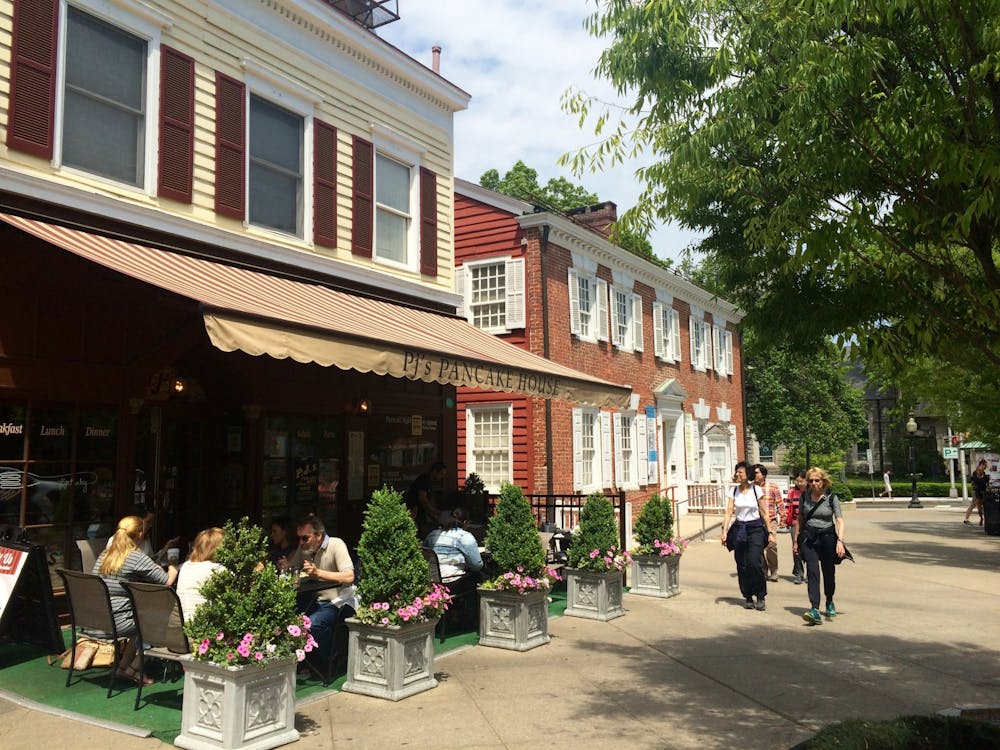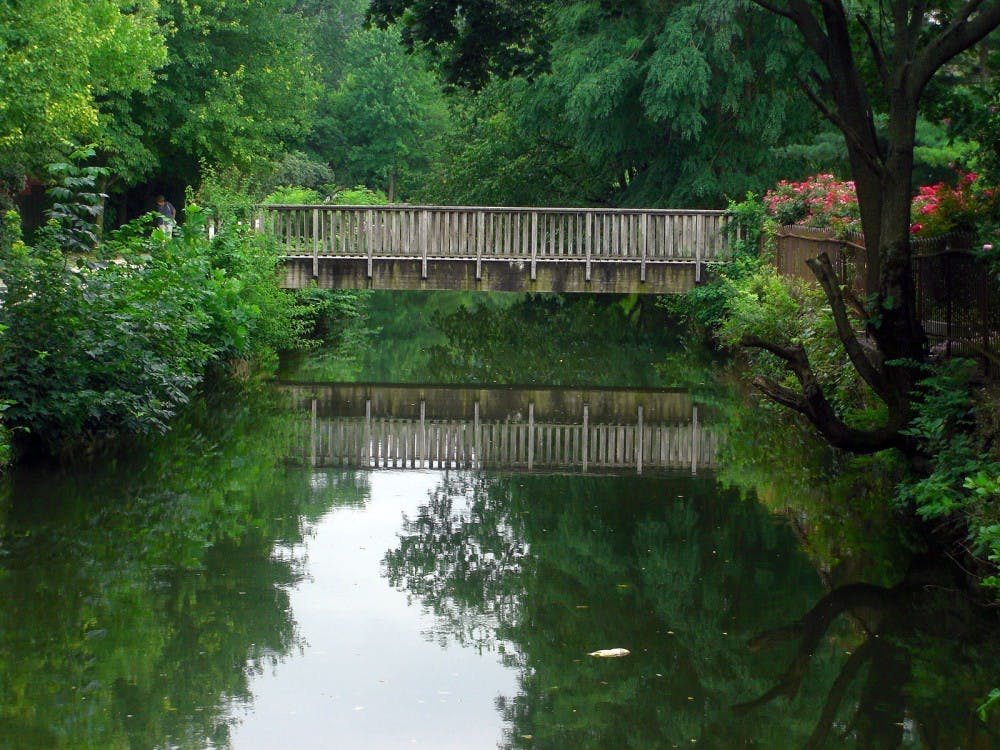While most of my classmates were studying under the ivy of Princeton, I spent my fall semester sailing around Baja, Mexico on a semester-at-sea program with the Sea Education Association (S.E.A.). I had never sailed before, but it took little to convince me to give it a try. Encouraged by two Princeton graduates from the Class of 2003 who enjoyed their time on this program, my semester began with six weeks of intense academic courses ranging from maritime literature to celestial navigation. Forty-four students lived, cooked and studied together in five family-sized bungalows at the S.E.A. campus in Woods Hole, Mass. Students came from a wide range of schools. Some came from the Ivies, but most came from state schools — one girl even from the U.S. Naval Academy.
After learning the basics of sail theory, meteorology and how to use a sextant, we split up into two boat crews. Half of us were destined to sail from Woods Hole to St. Croix. The rest of us joined a professional crew of about a dozen scientists, engineers and sailors aboard the SSV Robert C. Seamans in San Diego and set sail for Puerto Vallarta. It would be my first time aboard a real sailboat.
While cooking, cleaning and playing board games together in Woods Hole ostensibly prepared us for shipboard life, I don't feel that any of us were ready for what awaited onboard. The first thing I felt when we boarded was, save the bowsprit (a long shaft reaching out from the boat to hold the forward sails), we were going to live on a deck space of just over 110 feet for six weeks. "Cramped" would be an understatement.
At first, we were all confused by the endless barrage of bizarre sailing terms, which "lines" (not "ropes") controlled the peak halyard and throat halyard, which sail was the fisherman staysail and which was the forestaysail, etc.
Then there was the daily schedule. At any given time, at least a third of us was awake manning the helm, standing lookout, monitoring the engine room, deploying science equipment and cooking or cleaning the galley. At 2 a.m., one groggy crew eager to rest their sore and worn muscles would wake the relief crew. A few hours later, the cycle would repeat, as it did for six weeks straight.
Seasickness afflicted most of us; some girls never seemed to get over it. Leaning constantly over the side rails, one could never forget the gut-wrenching torture that could linger for hours like an early morning fog.
I almost died twice. One brush with death could have been avoided. The time I couldn't have dodged it came on the very first week. Late one night, minimal crew was on deck. The wind suddenly picked up, and a crewmember found a fouled line out on the bowsprit. Asking for a volunteer to get it cleared, I leapt at the chance to have my first adventure on the high seas.
Clipping my safety harness into a guide wire, I crawled over the front lip of the bow and onto the "Widow's Net." With nothing beneath me besides the deep blue and a mesh net a small child could easily fall through, I fought my way to the very tip of the bowsprit.

By now, the waves were causing the boat to leap and fall like a teeter-totter. Rising and falling over 20 feet as the bow surged up and down like a carnival ride, I felt the water rise all the way up to the net, which normally sits 15 feet above the sea. When I looked back for guidance, everyone had disappeared to tackle some other problem. I flailed at the line I was trying to free, hooting and hollering with excitement as the winds shot around me with fury.
I'll never be quite certain of what happened or why, but the line freed, and the sail snapped out, nearly taking my arm with it. After crawling safely back aboard, I went to unclip the safety harness only to notice that its buckle on my chest had come undone. If I had fallen, I would have slipped right out of the harness and been ploughed by the crashing hull.
Returning to Princeton has been hard. After fighting through University bureaucracy that, at one point, made me reapply to become a student again, the transition back to campus life has been the hardest challenge I've ever faced. Writing a J.P. in half the time, being told I could not continue with Chinese courses, missing out on departmentals, moving into a 90-square-foot single, rekindling old friendships . . . these are the obstacles a study abroad student must face. Time at sea changed me. I just don't see things the way I used to. A sailor never does. Maybe it was the long hours spent on lookout, where I just thought and thought for hours on end. Maybe it was simply taking a breather from Princeton. Either way, I wish more students would study abroad and leave everything they knew and felt comfortable with behind. It just might turn out to be the best decision of their lives.








